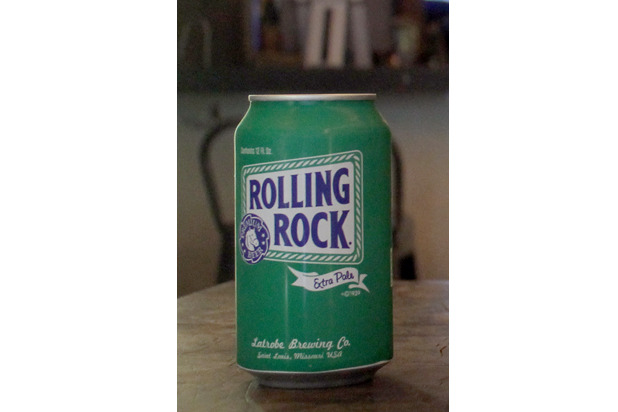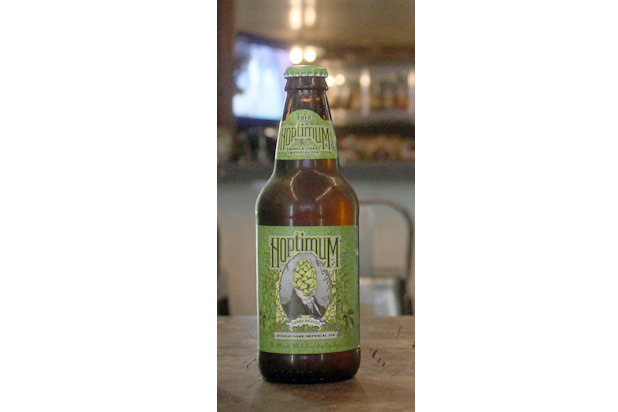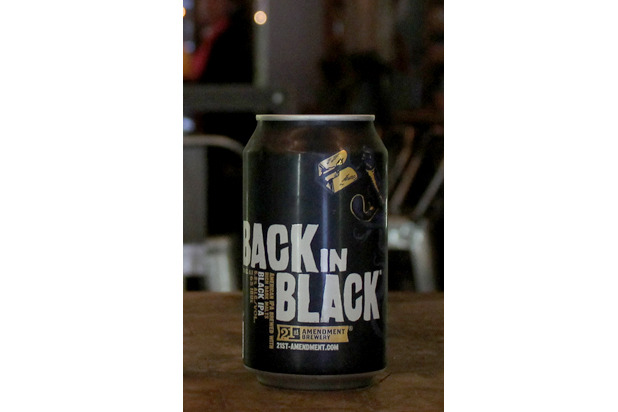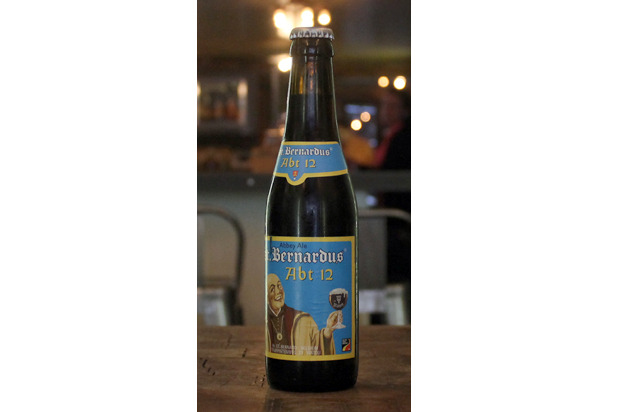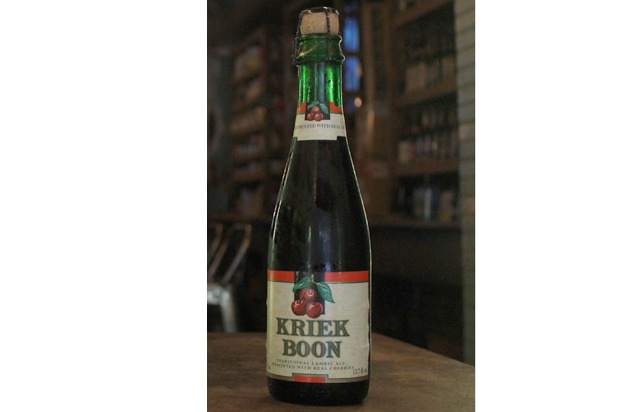Guide To Beer For Beer Newbies (Slideshow)
For: Nobody
Let's get this straight first: The BrewDog boys are not a fan of Rolling Rock (sorry Anheuser-Busch). "We're going to start off with the antithesis of what we do," Dickie says. The problems with this one: it's a larger industrial beer, with a distinct corn flavor and smell. "It reminds me of the green giant," Dickie says, which Watt pinpoints as the taste of DMS (dimethyl sulfide).
Another tip for the newbie? "Avoid any beer that's not in a dark bottle," Watt says. "Something that is in a clear bottle or green bottle, the wave lengths of light cause the beer to go bad very quickly. If someone is packaging like that they obviously don't care too much about how their beer tastes to their consumer." Guess Stella is out of the question.
Hoptimum, Double IPA, Sierra Nevada
For: "It's for someone who is an adrenaline junky, someone who likes the extreme." — James Watt
This is when I first learn how the BrewDog boys taste their beers. The steps: Cup it in your hands the way you cup a mug of tea, and get to know your beer. Watt demonstrates. "Hello," he says into the cup. "How are you?" He then takes a big whiff of the beer and pulls out toffee notes, orange peel, and a little molasses. "As this beer warms up, you'll just get more and more aroma," he says.
So lesson number one of relearning beer: It doesn't always have to be ice-cold. "Anyone who says that is a f*cking idiot," Watt says. "The worse the beer is, the colder it should be, because if something is cold it'll lose its taste. But the hallmark of a good beer is you can enjoy it at different temperatures."
Which brings us to taste: Start the beer at the tip of your tongue, get it under the sides, and let it sit on your tongue for a good few seconds. "You pick up different sensations on different parts of your palate," Watt says, "and as it warms up, you'll get different flavors. When it's cold, you'll get more of the malts, Dickie says. When it gets warmer, you'll get more of the flavors and spices within the beer.
Back in Black, Black IPA, 21st Amendment
For: People who say, "I don't like beers but I like big red wines." — James Watt
"The best thing of the black IPA is that it doesn't make sense," Dickie says. "IPA means India pale ale, and a black India pale ale is sort of an oxymoron."
So why this one? "It's something that hasn't been tried before," Dickie says. It's a beer loaded with hops, but also loaded with roasted malts, creating a mix between a dark malty beer and a strong, bitter brew. "It's got a double edge."
"The point of all this is to get everyone to try it," Dickie says. "You've got a lot of people who say I don't like beer, but the thing with beers is there are so many better beers than Budweiser, and people are never exposed to something that is so flavorful." So the ultimate tip? Just try all types of beers.
St. Bernardus Abt 12, Belgian Quad, Brewery St. Bernard
For: The whiskey lover, especially Scotch whisky or bourbon
Moving away from big, bold brews that tend to kick you in the taste buds (commonly found on the West Coast), Watt and Dickie choose a Belgian-style beer to tone things down.
"It's almost the antithesis of big American beers," Watt says. "This one cuddles your tongue with a nice sweet decadence," but it's balanced out by the effervescence. "It's a big beer, and it's a sweet beer, so it can be quite cloying, but the carbonization lifts things."
Carbonization, it turns out, is key: an IPA will have less carbon dioxide (typically 2.5 to 2.7 grams of CO2 per liter), while this has somewhere around 3.5 grams. A saison, or a hefeweizen? "You're getting up to possibly 4.5, so those beer styles are mega effervescent," Watt says.
So faux pro trick number two? "A saison goes really well with food because that effervescence lifts things off your palate," Watt says. "If you're ever in doubt, and you're trying to impress someone, just go with a saison and you're good to go."
Boon Kriek, Lambic Ale Fermented with Cherries, Boon Brewery
For: "People who think they hate beer, because it tastes so far from what they think beer is. It gets them excited for beer." — Martin Dickie
If sour is your thing, a lambic ale might be your calling. "This one is pretty heavy on the cherries, and it's borderline sweet, but it finishes dry," Dickie says. "The cherries give it sweetness, but the sourness, it makes your mouth salivate."
Sour beers might seem far stranger than bitter beers, and a sweet-and-sour combo even more so. "It messes with your head a little bit," Watt agrees, but that doesn't mean you shouldn't try it.
"It's sometimes fun to sit in that position where you're like, I'm not sure what that is, I'm not sure if I like that or not," Dickie says. And if that flavor is particularly challenging? "On average, it takes seven times to learn to enjoy the taste of something," Dickie says. So final pro tip of the day: Try everything. "You won't like all of it, but in the end it's worth the enjoyment of some of the best beers on the planet."
